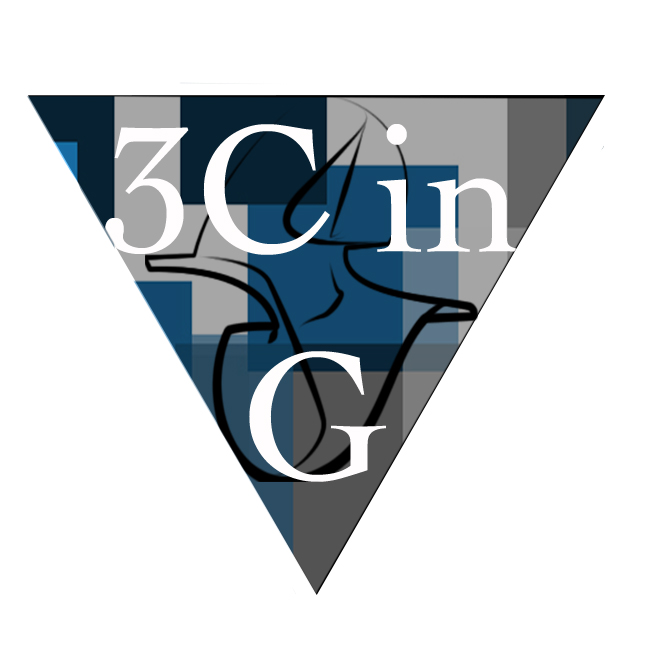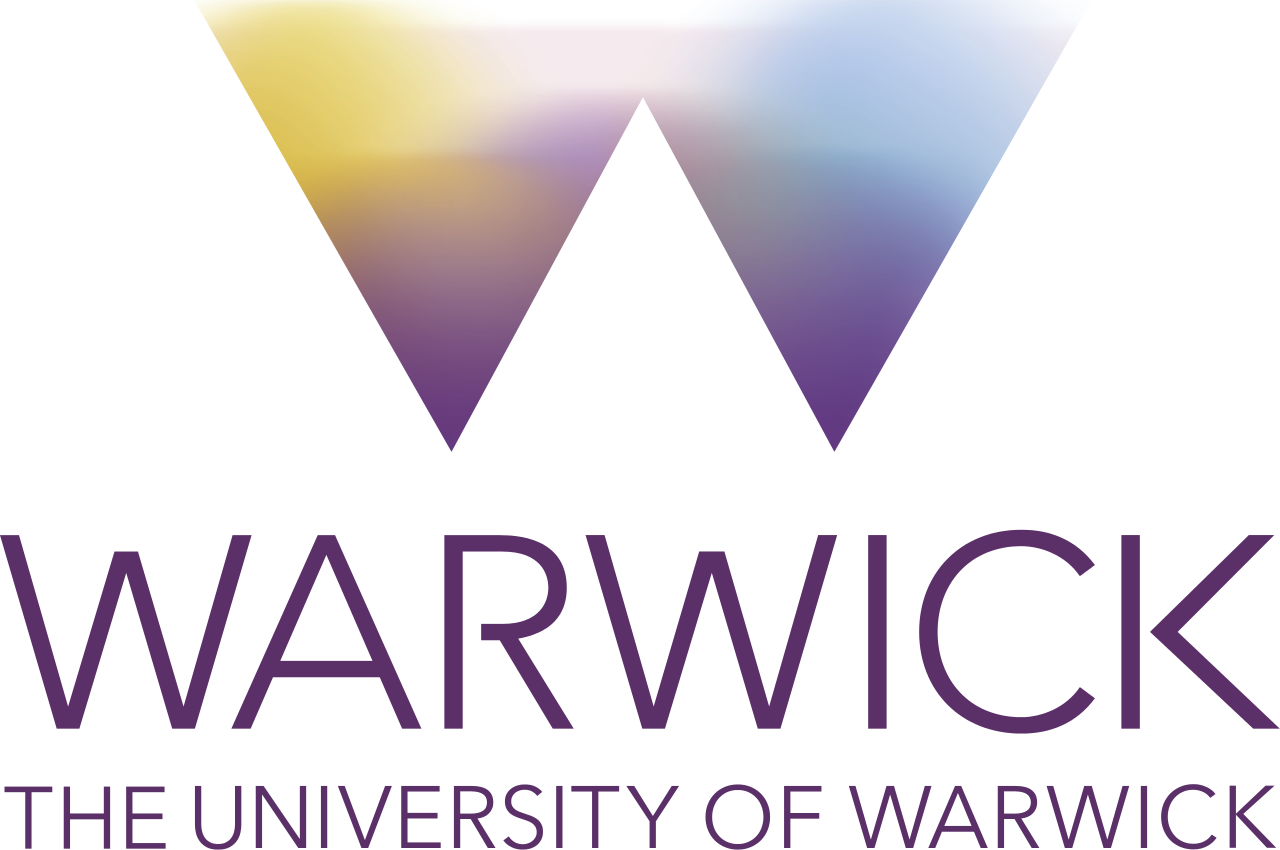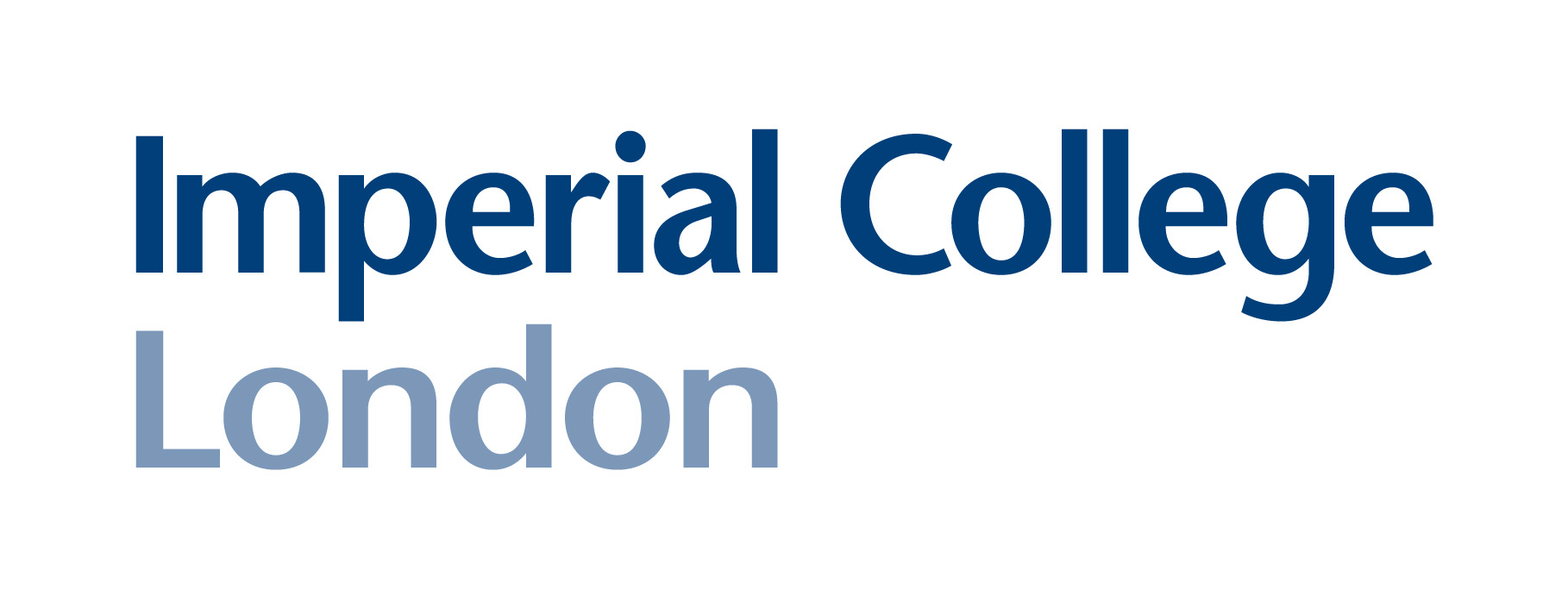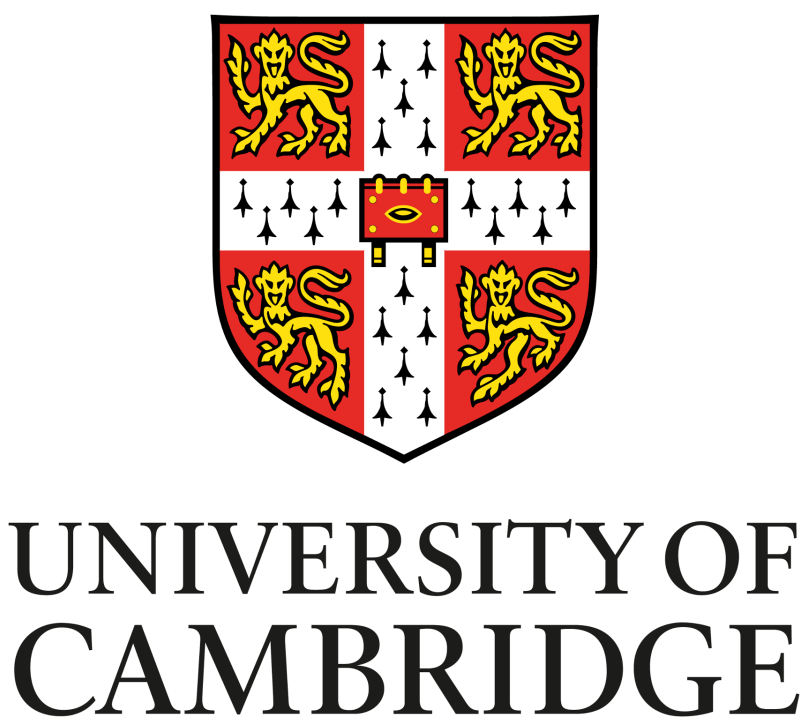 Classification, Computation, and Construction: New Methods in Geometry
Classification, Computation, and Construction: New Methods in Geometry
EPSRC-funded 5-year Programme Grant held jointly with Tom Coates (Imperial), Mark Gross (Cambridge) and Miles Reid (Warwick)
Summary
We are interested in geometrical shapes given as sets of solutions of many polynomial equations in many variables. More than the abstract study of shapes, it is writing down and solving explicit equations that lends our work its special flavour and power in applications. A first aim of our program is to vastly improve the understanding of the structures that control how we write these equations.
All our shapes can be classified into three different kinds: Fano (positively curved), Calabi–Yau (flat) and General Type (negatively curved). Fano and Calabi–Yau shapes play a special role in geometry as “atomic pieces” when breaking complex shapes down to simpler ones, and in physics as backgrounds for string theory. The second key aim of this research is to classify and write down the equations of these Fano and Calabi-Yau atomic pieces in 3, 4, and 5 dimensions, thereby producing a vast “periodic table” of all possible shapes.
String theory is a leading candidate for a “theory of everything”. It postulates that the fundamental objects in physics are not point-like particles but strings. These strings move in a background that, in addition to space and time, has extra hidden dimensions curled up in (depending on the version of the theory) either a 3-dimensional Fano or Calabi-Yau shape (3 complex dimensions = 6 real dimensions). Thus, our classification of shapes is also a directory of all the possible background geometries of string theory.
To tackle our classification, we will show how to associate a Fano shape to every reflexive polytope. A reflexive polytope is a geometric object closely related to the “platonic solids” that we learn about in school. To give an idea of the size and complexity of the problem, the complete list of 4-dimensional reflexive polytopes is known and there are nearly half a billion of these. There is an operation on polytopes, called a mutation, and it is possible to mutate a polytope into another polytope. If two polytopes are related by mutation then they give rise to the same Fano shape, so we need to sort all polytopes up to mutation. In order to do this, we need to perform parallel computations on a massive scale distributed over a High Performance Computing cluster.
In string theory, it can happen that two mathematically very different background geometries produce the same physics. When this happens, the two backgrounds are said to be “mirror” to each other. Mirror symmetry is a most fascinating aspect of string theory, and our third key aim is to give the first truly transparent explanation of this phenomenon.
Our project requires us to integrate the science expertise of our three institutions, and enlist the specialist collaboration of many mathematicians nationally and internationally. In turn, the results and methods of our work will have significant applications in many areas of mathematics, science, and scientific computation.
In a very exciting spin-off project, we will study some avatars of Fano shapes in the world of congruences between coefficients of Fourier expansions of L-functions. This is a profound area of number theory, started by Ramanujan, that lies at the heart of Wiles’ proof of Fermat’s last theorem.
As scientists, we are inspired when we see the same structures arise independently and for separate reasons in different parts of mathematics and science — this reveals deep connections between seemingly unrelated scientific disciplines. An example was the discovery of group theory in mathematics and in quantum physics at the turn of the 20th century. There are several examples in our own work: Fano shapes correspond to lattice polytopes and to congruences of coefficients of L-functions; Calabi-Yau shapes arise independently in geometry and in string theory; cluster algebras are found at the same time in algebra and in the geometry of mirror symmetry.



